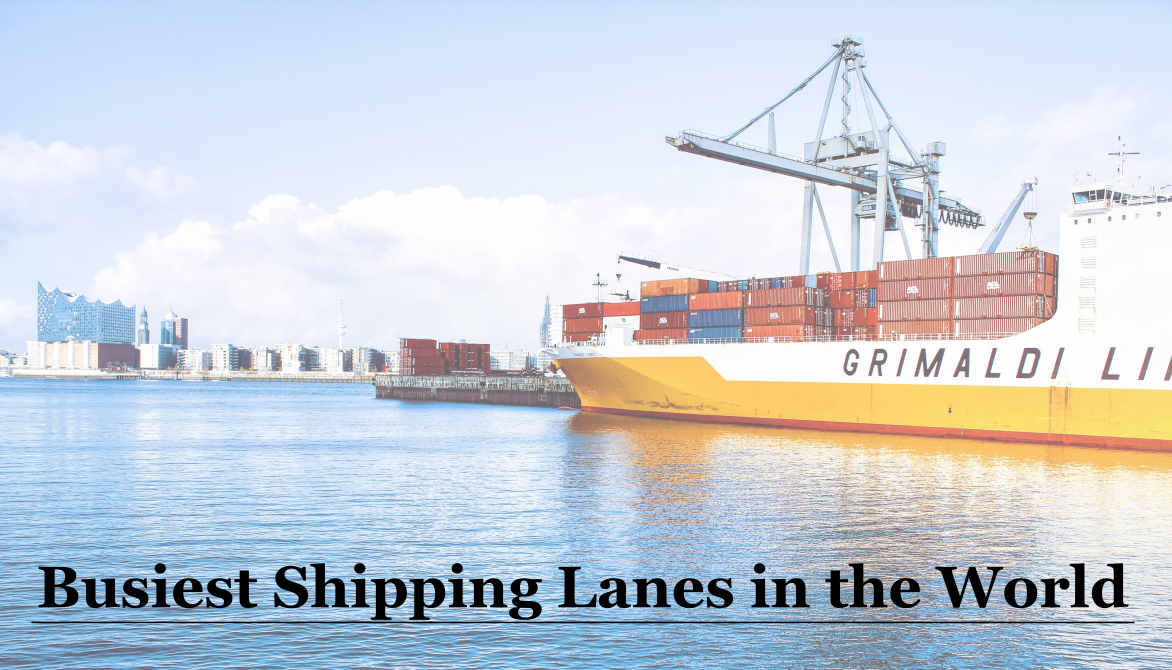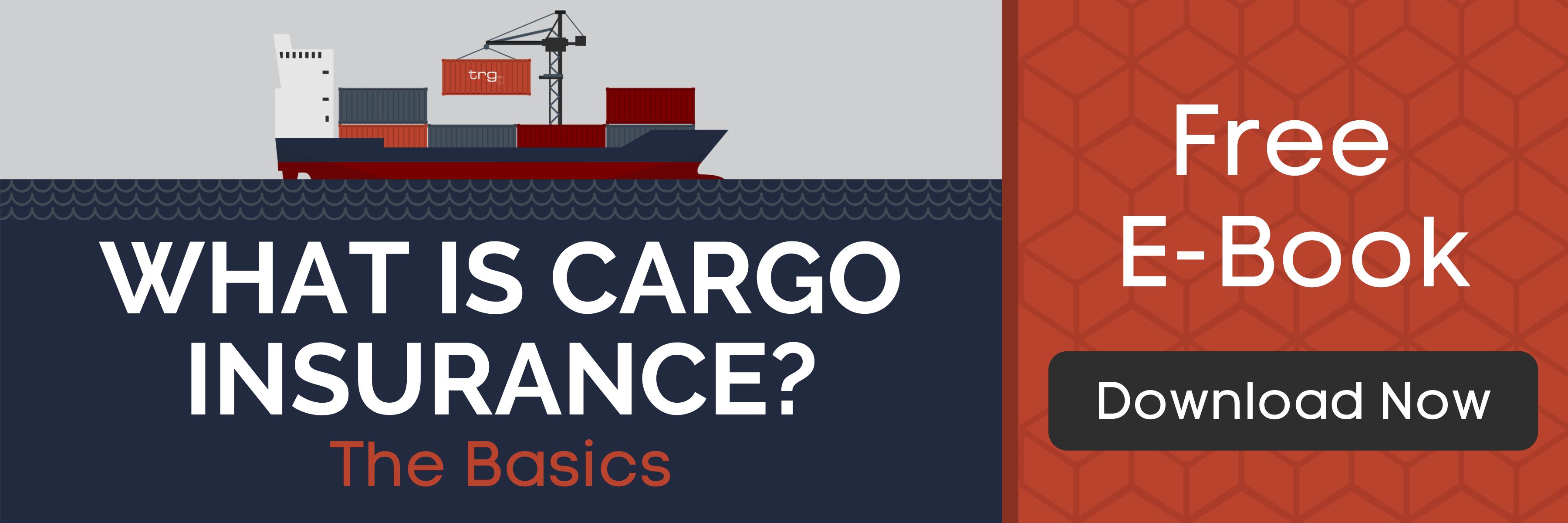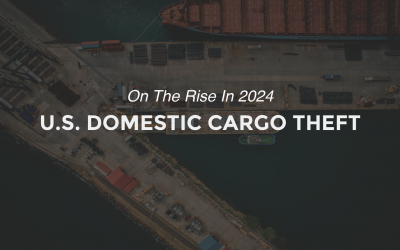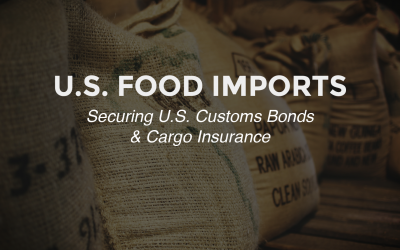Container ships use shipping lanes to transport goods across the world. Learn about the world’s busiest shipping lanes and their traffic.
Since ancient times boats transporting goods have taken similar routes across the ocean. The fastest ways across the water have always had the heaviest traffic. Below is a list of 4 of the world’s busiest shipping lanes.
English Channel
The English Channel is the busiest shipping lane in the world. The 350 miles long channel separates England from France and sees around 500-600 traveling daily. The narrowest section, the Strait of Dover alone sees 400 vessels daily and is only 20 miles wide.
Strait of Malacca
The Strait of Malacca is the shortest route between the Pacific and Indian Oceans. This narrow, 550-mile strait passes right by the Port of Singapore, the world’s second busiest port. Over 83,000 boats travel this route each year. The strait is a major route for oil transportation.
Panama Canal
This manmade canal crosses through Panama and connects the Atlantic and Pacific oceans. Before the canal opened in 1914, ships would have to travel around Cape Horn on the southern tip of South America. The Panama Canal drastically decreased the time needed to go from the Atlantic to the Pacific and back. It currently allows ships carrying 14,000 TEUs or less to pass. It is estimated that more than 14,000 ships pass through the canal each year.
The Canal was recently widened to double the capacity by adding a new lane of traffic allowing a larger number of ships. The project also allows for larger ships to be able to pass through the Canal. The expanded canal opened in June 2016. A time lapse of the project shows how much work was put in to the expansion.
Suez Canal
Another manmade canal, the Suez Canal opened in 1869 and provides the shortest route between the Atlantic and Indian oceans. The 120 mile pass goes between Israel and Egypt and passes from the Red Sea to the Mediterranean Sea. 100 boats travel the canal daily and 3.9 million oil barrels traveled daily in 2016.
There is a good chance that some of the goods you consume have traveled through one of these shipping lanes. These natural and manmade lanes provide easier and less expensive routes to transport goods.







![[Webinar] 2023 Q2 International Trade Update](https://traderiskguaranty.com/trgpeak/wp-content/uploads/2023/08/2023.07_Q2-International-Trade-Update_Page_01-400x250.png)